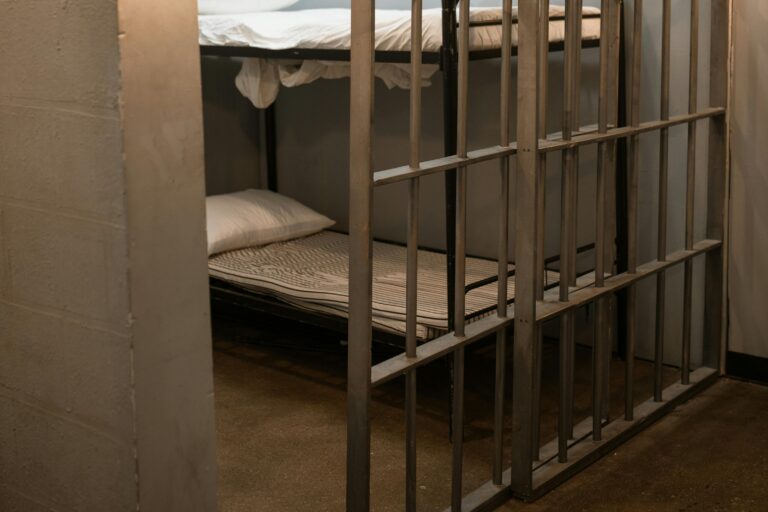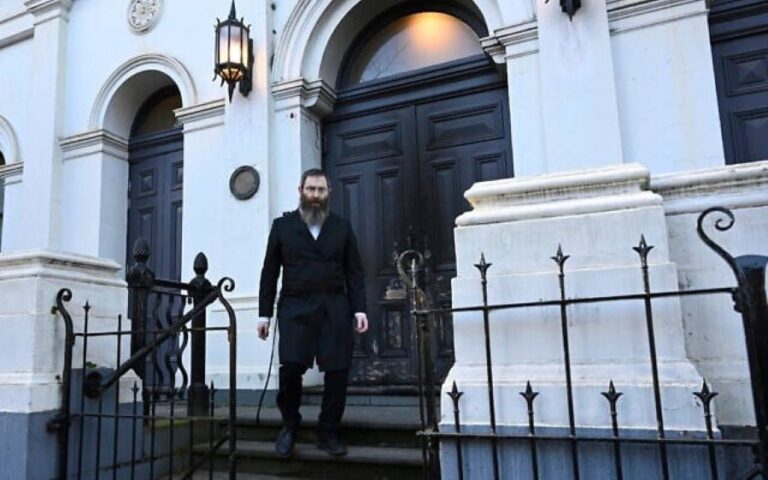 The important back-to-school shopping season has started slowly for many retailers.
The important back-to-school shopping season has started slowly for many retailers.
Shoppers, worried about their finances, showed they were more interested in buying discounted summer merchandise in July than in picking up new fall clothing for their children, according to figures released Thursday.
Revenue at stores open at least a year — an industry measure of a retailer’s health— rose 3.8 percent in July, the slowest pace since March, according to a preliminary tally of 10 retailers by the International Council of Shopping Centers. The figure, which excludes drugstore chains, was below a 5.5 percent increase in June.
Costco Wholesale Corp. was among the retailers reporting disappointing figures.
“This raises more concern about the back-to-school season,” said Ken Perkins, president of RetailMetrics, a research firm. “A vast number of shoppers are sticking to their shopping lists and are being very deal-driven.”
Only a sliver of retail chains now report monthly sales figures. But Thursday’s tally adds to evidence that shoppers are being cautious about their purchases for the back-to-school season, the second-biggest selling period behind the winter holidays.
On Monday, teen retailer American Eagle Outfitters Inc. slashed its second-quarter outlook because of weak traffic and sluggish sales of women’s merchandise. The teen retailer cited a highly promotional environment that only increased in July.
On Thursday, rival Aeropostale Inc. warned that it would have a wider loss than expected when it reports its second-quarter results later this month. It also cited weak traffic and lots of discounting at shopping malls.
July is when stores clear out summer merchandise to make room for goods for back to school, so slow sales indicate that shoppers are holding off on buying clothing as they worry about their finances in an uncertain economy. That’s expected to put more pressure on retailers to make their sales goals and could force them to discount even more than they expected to attract shoppers
While the economy is making inroads in job gains and the turnaround in the home market is gaining momentum, the improvements have not been enough to sustain levels of consumer spending for most Americans. Most are juggling tepid wage gains with higher costs of living.
Americans are still trying to digest the 2 percentage-point increase in payroll taxes, which took effect Jan. 1. That means that take-home pay for a household earning $50,000 a year has been sliced by $1,000. Gas prices are rising again, and on top of that, shoppers are being increasingly forced to pay for more of their children’s school supplies, sometimes including books.
That has forced parents to stick to necessities, and major retailers like Wal-Mart Stores Inc. have noticed that they’re staggering their purchases instead of having one big back-to-school shopping spree.
Against this background, Michael P. Niemira, chief economist at the International Council of Shopping Centers, expects that total sales for the back-to-school season will be up 3.1 percent to $42.2 billion. That would be less than the 3.6 percent gain in 2012, but near the 3.3 percent average annual increase for the past 10 years.
Families with school-age children are expected to spend an average of $634.78 on clothing, shoes, supplies and electronics, down from $688.62 last year, according to a survey of about 5,600 shoppers from the National Retail Federation that was conducted by Prosper Insights & Analytics.
Indeed, while big chains such as Wal-Mart, Target Corp. and Macy’s as well as several teen clothing specialists like American Eagle no longer report monthly revenue, the stores that do report still offer a snapshot of consumer spending habits. In total, the retailers that report monthly data represent about 6 percent of the $2.4 trillion in U.S. retail industry sales.
Costco’s revenue from established stores rose 4 percent last month, a performance that fell short of Wall Street estimates.
The Issaquah, Wash., wholesale club operator said Thursday its U.S. and international revenue each rose 4 percent in the four-week period that ended Aug. 4. Analysts surveyed by Thomson Reuters expected, on average, revenue growth of 5.1 percent for the total company and 4.5 percent and 5 percent, respectively, from the U.S. and international portions.
Surf and skate retailer Zumiez Inc. said Wednesday that revenue at stores opened at least a year rose just 0.8 percent in July. Analysts expected a 1.7 percent increase.
Among the bright spots in the reports was L Brands, which owns Victoria’s Secret and Bath and Body Works. The retailer said that revenue at stores open at least a year rose 3 percent in July, better than expected, and the company raised its second-quarter earnings outlook. Analysts expected a 1.5 percent increase for the four weeks ended Aug 3.
(AP)










